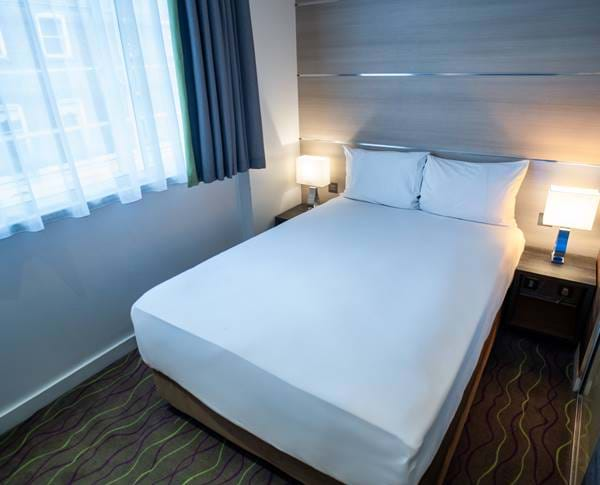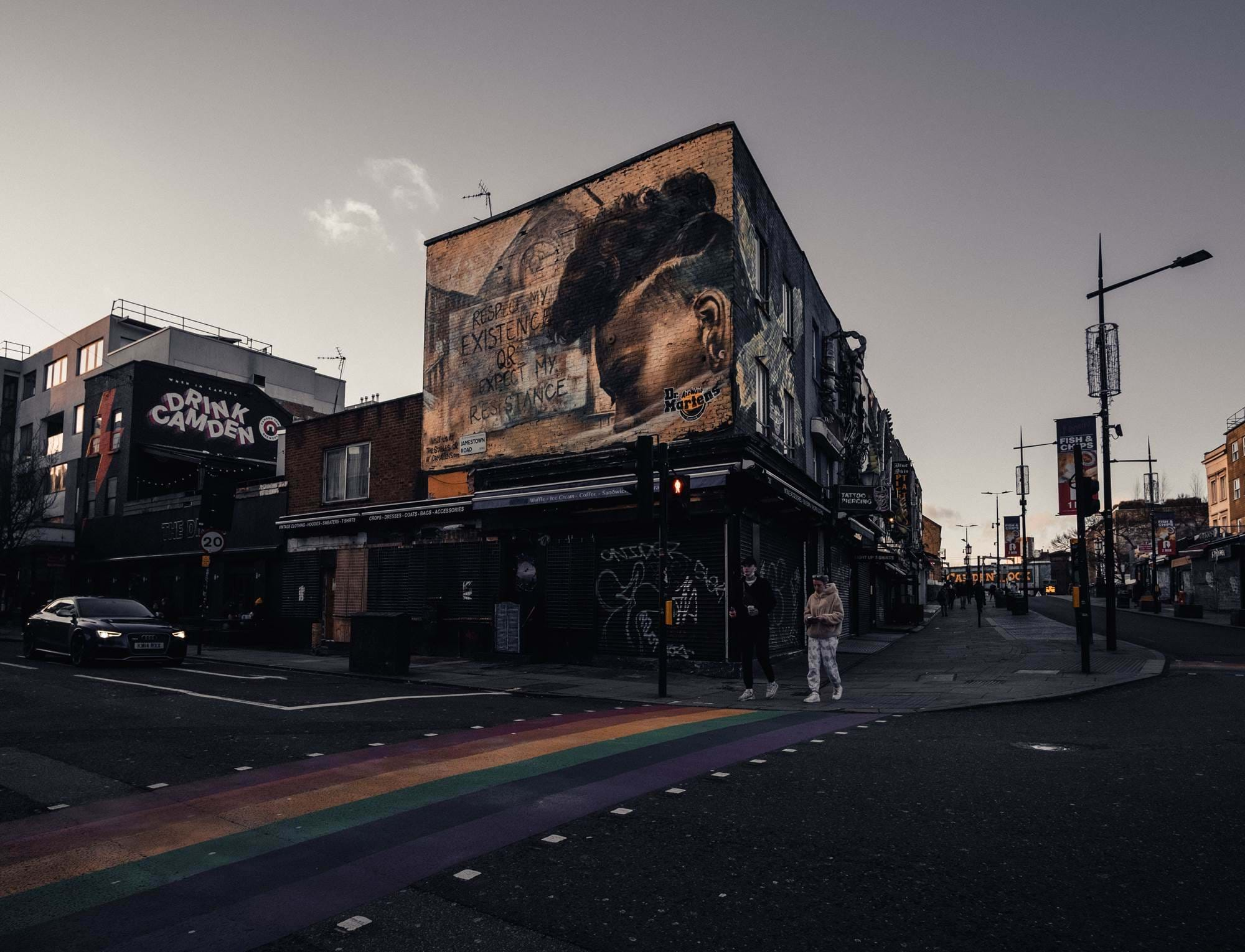Nestled in the heart of London, Camden Town stands as a vibrant hub of culture, creativity, and alternative lifestyles. Its streets teem with bustling markets, iconic music venues, and an unmistakable sense of bohemian flair. However, beyond its modern-day reputation, Camden Town boasts a rich and fascinating history that has shaped its unique character. Join us as we embark on a journey through time, exploring the captivating past of this iconic neighbourhood.
The Early Days
Camden Town traces its roots back to the 18th century when it was initially a small, rural settlement on the outskirts of London. Named after Charles Pratt, the 1st Earl of Camden, the area began to grow rapidly with the advent of the Grand Union Canal in the late 18th century. The canal brought trade and industry, transforming Camden Town into a bustling industrial center.
Victorian Splendor
During the Victorian era, Camden Town experienced significant development and expansion. With the construction of the railway in the mid-19th century, the area became an important transportation hub, attracting a diverse range of residents and businesses. Elegant terraced houses were built to accommodate the growing population, some of which still grace the streets of Camden Town today.
The Market Legacy
One of Camden Town's most famous attractions is its vibrant markets. The history of Camden Market dates back to the 1970s when a group of traders set up shop in the area. Over time, the markets grew in popularity, attracting artisans, craftsmen, and independent retailers. Today, Camden Market is a sprawling maze of stalls, offering everything from vintage fashion to international cuisine. Its eclectic atmosphere and cutting-edge style have made it a global icon of alternative shopping.
Music and Counterculture
Camden Town has long been synonymous with the music and counterculture movements. In the late 1960s and 1970s, it became a haven for musicians, artists, and bohemians seeking an alternative lifestyle. The Roundhouse, a former railway engine shed, played a significant role in Camden's musical legacy by hosting iconic performances from the likes of Pink Floyd, The Doors, and Jimi Hendrix.
The Punk Revolution
In the late 1970s, Camden Town became the epicenter of the punk rock scene. The Electric Ballroom and The Underworld quickly gained notoriety as venues that showcased emerging punk bands. The iconic British punk fashion, epitomized by the punk stalls of Camden Market, became a cultural phenomenon. Punk legends such as The Clash and The Sex Pistols left an indelible mark on the neighborhood's rebellious spirit.
Alternative Culture Mecca
As the 20th century gave way to the 21st, Camden Town continued to embrace its alternative roots. Its streets became a melting pot of subcultures, ranging from goths and rockers to hipsters and indie music enthusiasts. Camden Town's numerous music venues, including the famous KOKO (formerly Camden Palace), continued to attract both established and emerging artists, solidifying its reputation as a breeding ground for musical talent.
Camden Town's history is an enchanting tapestry woven with threads of trade, industry, creativity, and rebellion. From its humble beginnings as a rural settlement to its status as a global cultural icon, the neighbourhood has never ceased to evolve and captivate. As you explore the bustling markets, wander its historic streets, and immerse yourself in its vibrant atmosphere, remember that every corner of Camden Town has a story to tell—a story of resilience, expression, and a relentless spirit of individuality.






